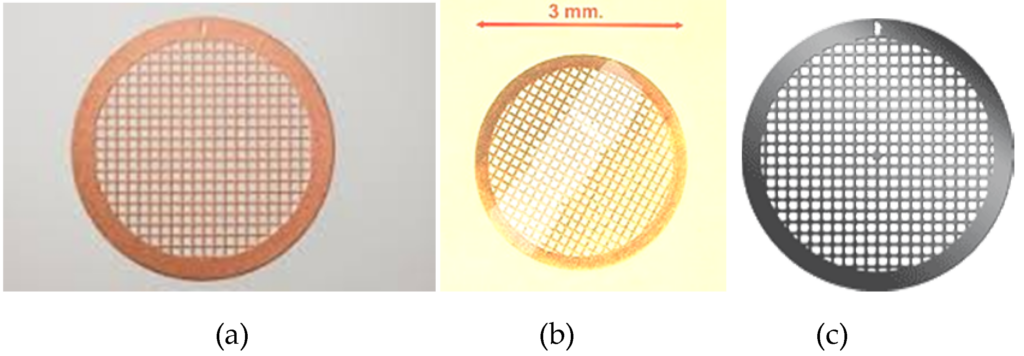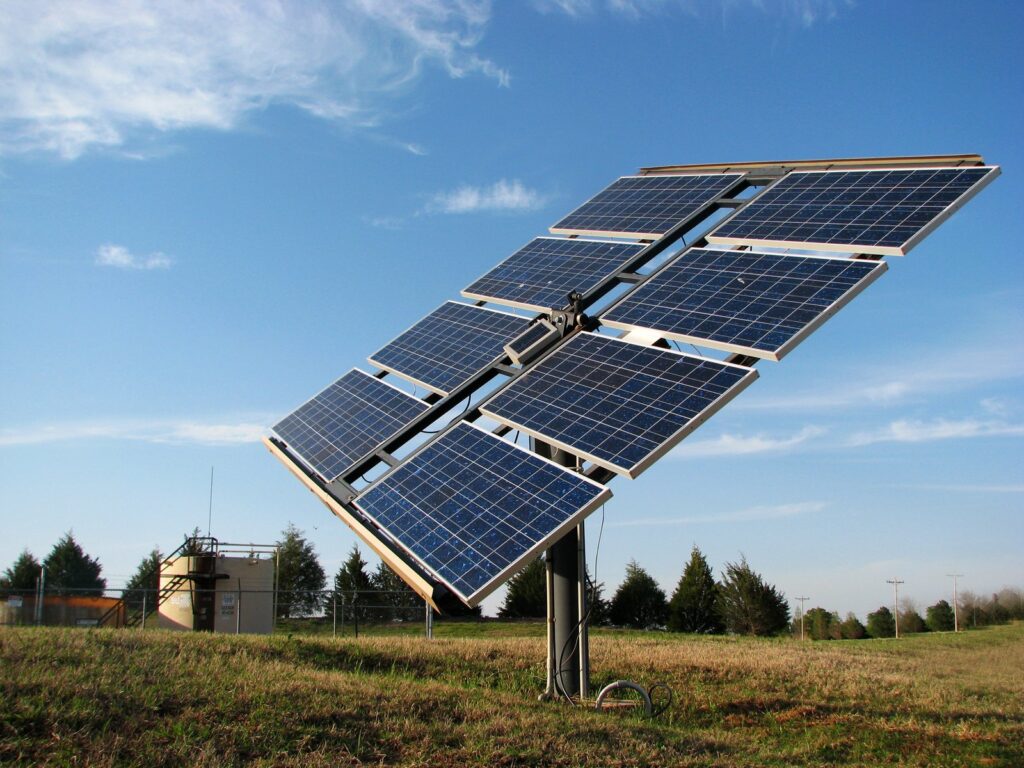What is Graphene Being Used for Now?

For the last fifteen years graphene has been the buzz in the material science community. It has an impressive list of properties within five critical physical categories:
- Mechanical Strength – one of the strongest known materials (stronger than diamond), extremely light (lighter than aluminum), flexible (more elastic than rubber), and highly impermeable.
- Electric – high electrical conductivity (higher than copper)
- Optical – absorbs 2.3% of white light, which can be used for solar applications (due to it’s high efficiency of absorption for a single-atom layer material), or conversely for transparency applications (since most white light passes through).
- Thermal – high thermal conductivity
- Chemical – chemically inert, but can absorb atoms and molecules in order to change electronic properties
The Problem
Given the list above it is clear to see why graphene gets the amount of attention that it does. But if you do a Google search on how graphene is being used today you will notice a very particular pattern. First, you will see words like “potential”, “possible”, and “hopeful” being used to describe everyday applications for this incredible material. You also notice that much of the graphene being sold is for research. There are graphene products for everyday use (face masks, jackets, smart pillows, protective spray for painted surfaces, cycling jerseys, etc…) but they are not the game-changers that the graphene community is hoping for.
Since graphene’s discovery in 2004 researchers have been trying to find ways to utilize it, but graphene use has not grown as expected. It is hindered by expensive production costs, coupled with the challenge of having to outperform what is already in use. In fact, graphene cannot simply outperform existing materials, it must greatly outperform them in order to justify its production costs. Nonetheless, graphene is being used. Here are a couple of examples.
TEM Grids

A transmission electron microscope (TEM) grid is used to hold a sample of interest. A TEM scans the entire specimen of interest, creating an image from electrons passing through the sample, versus an SEM (scanning electron microscope) which scans over portions of the sample, creating an image from deflected electrons. TEM grids are typically made from copper but the picture above shows two other materials (gold and nickel). Holes in TEM grids are very small (micrometers in diameter) but some TEM samples are so small they can still fall through the mesh. These samples however, will not fall through graphene, so it can be used as a support on TEM grids, without causing interference to the electron beam generated by the microscope.
Graphene Oxide

Graphene oxide is made from graphite subjected to powerful oxidizing agents. This variation of graphene is dispersible in water and other solvents, which allows for mixing with other materials in order to enhance various properties. It is much cheaper to produce than graphene itself. At the same time, it is possible to produce graphene from it. Graphene oxide does not possess all of the desired properties of graphene due to imperfections caused by the reduction process or imperfections from the source graphite itself. But graphene oxide does have unique properties with various applications like conductive films, electronics, and solar cells.
What Next?
The two graphene products mentioned are a small sample size of the research-based products being distributed by companies specializing in graphene distribution today. Pure CVD (chemical vapor deposition) graphene films, GFET (graphene field effect transistors), films and solutions derived from graphene oxide are examples of other products ready for distribution.
Given graphene’s amazing properties of mechanical strength, electrical conductivity, optical diversity, high thermal conductivity, chemical tolerance, the sky’s the limit for this amazing material. Researchers are hoping graphene can innovate batteries, protective armor, medical devices, lubricants, and so many other things.
Producing graphene in a way that is cost effective while taking advantage of all of its potential properties seems like a daunting one. Globally, researchers have worked on this challenge since its discovery in 2004. One paper claims that over 50,000 patents have been obtained for graphene, which is a lot of money for research and development. This ground-breaking material has cost a lot of people a lot of time and money. Nonetheless, graphene still seems to be a worthy pursuit given its given its incredible potential.

It’s grapheme used in vaccines? Yes or not
Since we do not sell graphene or work with vaccines, we cannot answer this question. If you do a search on vaccines and graphene several articles write about this topic. The best way to get more information about this is to do an internet search but exclude any readings that are not scientific articles. Articles that are not scientific articles are opinion based and typically do not site experimentally data (generated exclusively by the author through experiments they conduct) to support their claims.